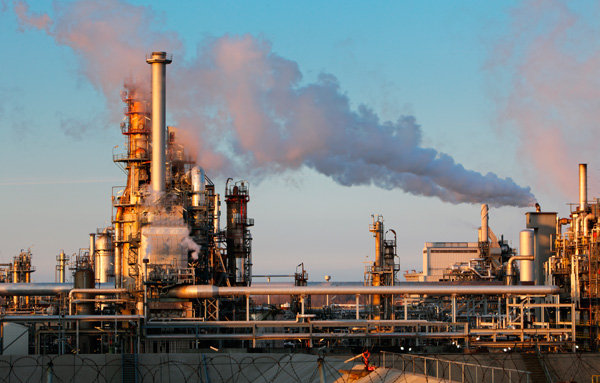- Fragile Planet Offers a Nighttime Wildlife Experience
- Falcons Soccer Off & Running
- Cameron County Receives Funds to Improve Two Parks
- Falcons Complete First Half of 32-6A
- School District to Help out Victims of California Wildfires
- Sand Castle Days Continued Despite Unexpected Weather
- Ready for District
- Discussion of Garbage Dumpster Rates, Agreements Between State & City on Highway Regulations, and More
- 31st Annual Shrimp Cook-Off is Right Around the Corner
- LFHS Cross Country
Doctors Urge Greater Efforts to Prevent Toxic Chemical Exposure
- Updated: October 16, 2015
by Eric Galatas
AUSTIN, Texas – Dramatic increases in exposure to toxic chemicals over the last four decades is threatening human reproduction and health.
That’s according to a global federation of women’s health physicians meeting in Vancouver, Canada this week. Tracey Woodruff is professor and director of the University of California at San Francisco’s program on reproductive health and the environment. She says doctors are calling on their peers to take action to protect public health.
“So they’ve reviewed the science, they say the science is strong and that we need to be concerned about how these chemicals can be affecting development and reproduction,” says Woodruff. “So basically doctors are saying we need to do something about environmental chemical exposures because they’re hurting our patients and the populations around the globe.”

Reproductive health physicians say increases in exposure to toxic chemicals over the last four decades is threatening human reproduction and health. Photo: Tomas Sereda/iStockphoto
Woodruff adds exposure to toxins disproportionately impacts poor people and people of color. She notes 7 million people die each year across the globe due to air pollution. She says in the U.S. alone, the cost of childhood diseases related to toxins in air, food, water and soil is over $70 billion annually.
Woodruff notes doctors used to see mostly normal patients with an occasional abnormality, but after years of increased exposure to chemicals, that scenario has reversed. Woodruff points out more than 30,000 pounds of chemicals per person are manufactured or imported in the U.S. each year, and many have never been tested for safety.
She adds since physicians began documenting toxins in pregnant women and umbilical cords, an increasing number of children are being born “pre-polluted.”
“This is why people are saying, ‘Wait a minute, there’s something going on here and we need to address it,’” says Woodruff. “Particularly if chemicals are coming out into the stores, onto the marketplace and we don’t even know if they’re a problem or not.”
The international group’s prescription to reverse the impacts of toxic chemicals include making sure people have access to healthy food, making environmental health a regular part of health care, and enacting stricter policies requiring tests to prevent unsafe chemicals from ever reaching people in the first place.
